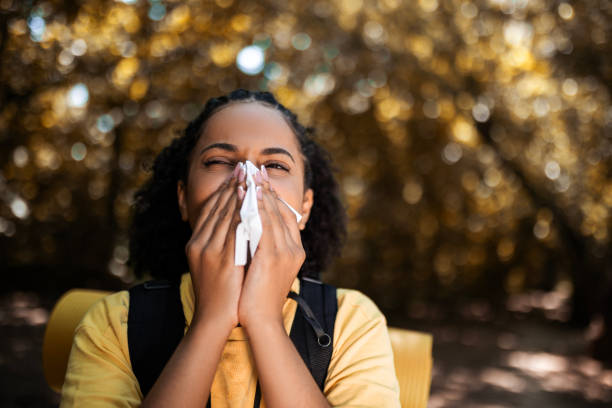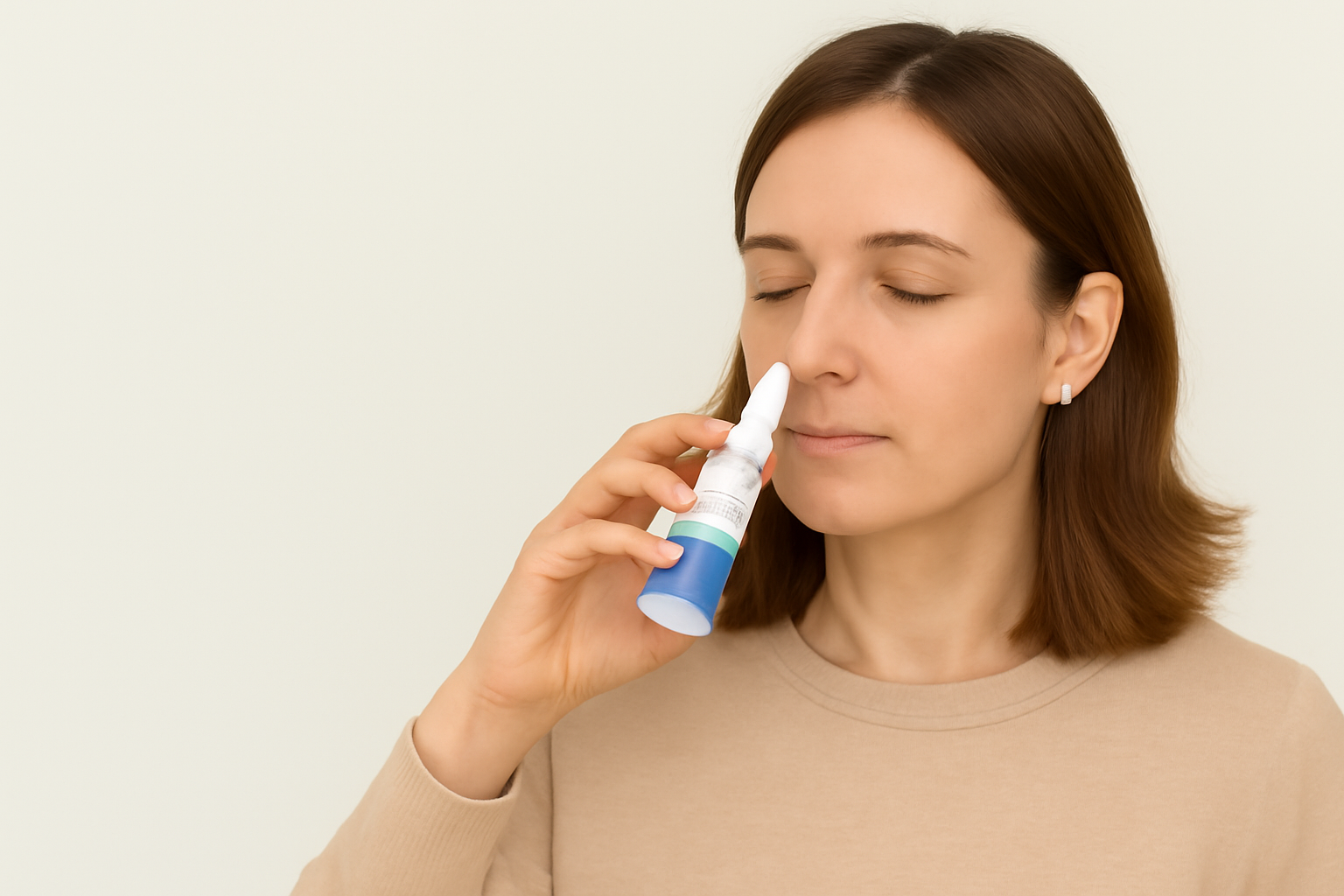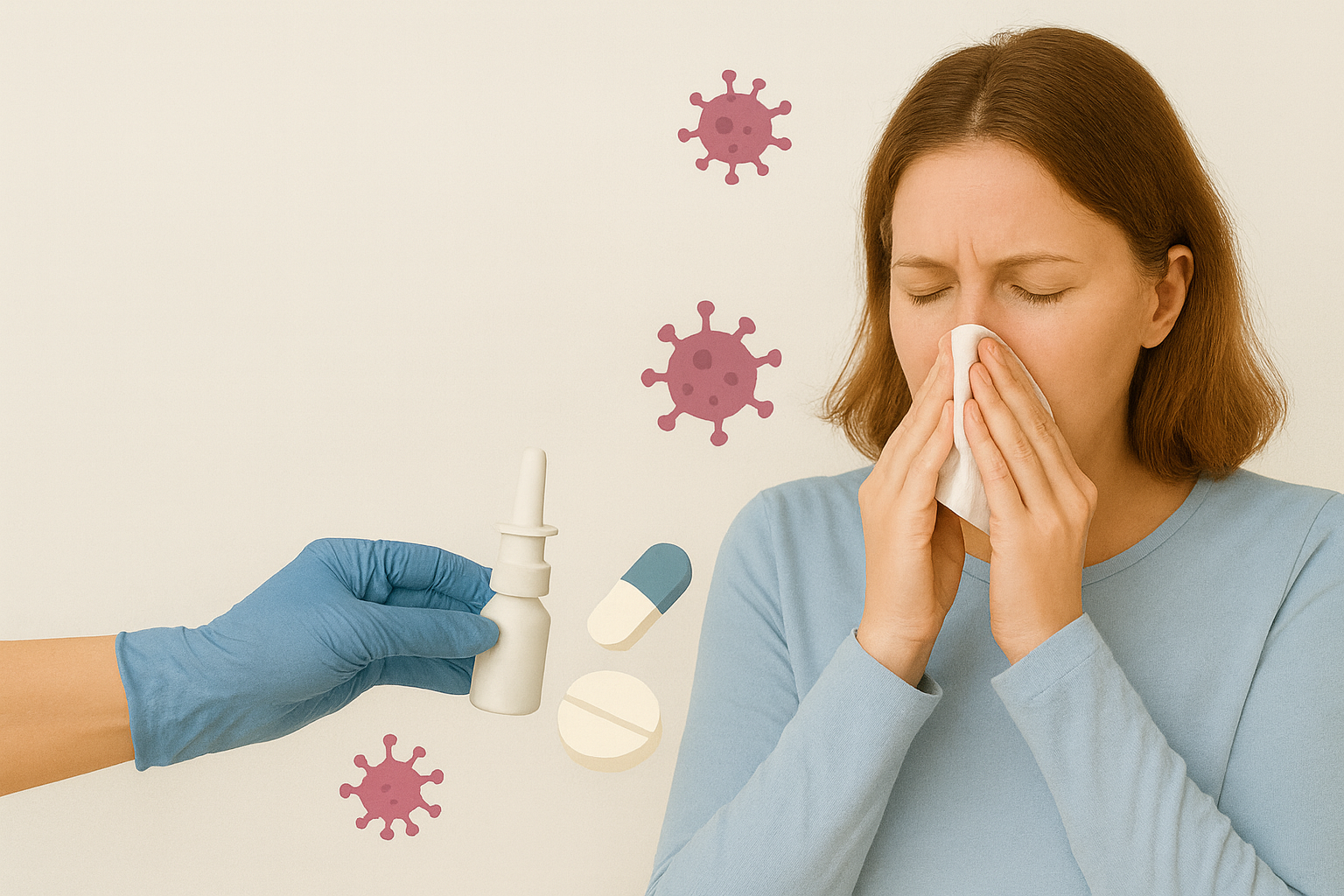As the COVID-19 pandemic placed unprecedented strain on healthcare systems, researchers explored both conventional and novel approaches to reduce transmission risk. One such promising tool is povidone-iodine (PVP-I), a broad-spectrum antiseptic long used in clinical settings. While earlier studies confirmed its effectiveness against viruses like SARS and MERS, this study was among the first to test its direct action on SARS-CoV-2 within the nasal cavity.
The nasal passages, known to harbor high viral loads in both symptomatic and asymptomatic carriers, have been identified as primary sites of infection and transmission. This study aimed to determine whether intranasal PVP-I could rapidly inactivate SARS-CoV-2 in vitro, potentially reducing viral spread before it reaches deeper airways or gets transmitted to others.
Study Design and Methods
This controlled in vitro study, conducted in Biosafety Level 3 laboratories, tested various concentrations of PVP-I (0.5%, 1.25%, and 2.5%) against a clinical strain of SARS-CoV-2. The virus was exposed to the antiseptic for contact times of just 15 and 30 seconds, and its infectivity was measured using a standard 50% cell culture infectious dose (CCID₅₀) assay.
The researchers also included controls using 70% ethanol as a positive benchmark and sterile water as a negative control. Tests ensured no cytotoxic effects occurred in the host cells.
Key Findings
Even at the lowest concentration of 0.5%, PVP-I nasal antiseptics completely inactivated the virus within 15 seconds. This rapid virucidal effect was consistent across all concentrations and both time intervals.
By comparison, 70% ethanol—commonly used in disinfection protocols—did not fully inactivate the virus within 15 seconds, highlighting the superior performance of PVP-I in this specific context.
No toxicity was observed at any concentration tested, and viral titers fell below detectable levels in treated samples, with log reduction values exceeding 3 log₁₀ CCID₅₀. These results underscore the potential of PVP-I as a fast-acting, safe antiseptic for nasal decontamination.
Implications for Clinical Use
The nasal cavity is considered a critical point of entry for SARS-CoV-2, with ciliated epithelial cells expressing high levels of ACE2—the viral entry receptor. This study supports the hypothesis that targeting this area with effective antiseptics could limit both disease severity and person-to-person transmission.
In clinical practice, PVP-I has already been used safely in the sinonasal and oral regions at concentrations up to 1.25%. Data suggests that when administered intranasally, much of the solution is diluted by nasal secretions, further reducing potential risk while maintaining virucidal efficacy.
Protocols have already been implemented where patients receive a 1.25% PVP-I rinse prior to intranasal procedures. Healthcare professionals are encouraged to consider similar approaches, especially during high-risk aerosol-generating interventions.
Safety Considerations
While PVP-I is generally well tolerated, it should be used cautiously and with medical oversight in certain populations. It is contraindicated for:
- Individuals with iodine allergies
- Pregnant patients
- Those with active thyroid disease
- Patients undergoing radioactive iodine therapy
The potential for iodine absorption through the nasal mucosa is considered minimal, particularly at or below 1.25% concentration. However, for repeated or long-term use, especially beyond three months, monitoring of thyroid function is advisable.
Limitations and Future Directions
This study was performed in vitro and did not assess direct clinical outcomes such as reduced transmission or symptom severity. Nonetheless, trials are currently underway to validate these findings in real-world settings.
Additionally, while lower concentrations of PVP-I appear both effective and safe, clinicians should avoid using standard commercial antiseptic scrubs intranasally unless they are specifically formulated and tested for mucosal application. Many contain additives not suitable for internal use.
Conclusion
The findings of this study suggest that intranasal PVP-I, even at low concentrations, can rapidly and effectively inactivate SARS-CoV-2, potentially making it a valuable adjunct in infection control protocols. As COVID-19 continues to evolve, accessible, fast-acting, and safe antiseptics like PVP-I may play a crucial role in reducing transmission—especially in clinical environments and high-risk settings.
As with all interventions, its use should be guided by up-to-date clinical data and safety standards. Nonetheless, this research adds a vital tool to the growing arsenal of strategies aimed at mitigating the spread of respiratory viruses.






.png)